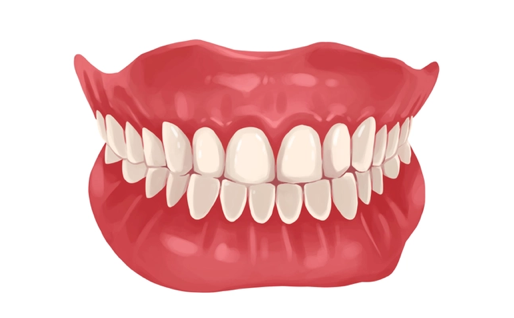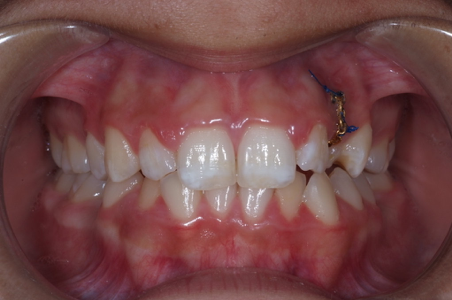How does tooth bonding & repair work? Do you ever wonder how your teeth are so strong that you can chew hard food and even bite several tough surfaces without experiencing pain? Thanks to the hardest tissue in your body, i.e., enamel, that keeps your teeth intact and durable for a long time. Enamel is the white exterior surface of your teeth that everyone is familiar with. The enamel makes sure that your teeth remain strong, durable, and intact. But, tooth chipping and cracking can result in the loss of precious enamel.

(Source)
The chipping and cracking of teeth have resulted in serious periodontal diseases. Tooth bonding and repair is one of the main treatment procedures that help with that. Here’s what you must know about tooth bonding and repair if you or your loved one has a chipped tooth.
What Is Tooth Bonding?
It’s mainly a cosmetic dental procedure that repairs a cracked, chipped, or another form of a broken tooth. Tooth bonding and repair are also helpful for crooked teeth, teeth with gaps between them, and discolored teeth. The procedure also enables dentists to lengthen a tooth that’s shorter than others on your gum line.
The “bond” we refer to in this treatment procedure is a composite resin that takes place at the breaking point of your tooth and forms a new natural-like look. It’s not similar to tooth fillings or dental crowns. However, the composite resin color (i.e., bond) will be similar to your tooth’s color. Hence, it will create a natural look without compromising the shine and brightness of your smile!
Even a small chip on one of your teeth can cause serious issues with your smile’s beauty. Some people are highly self-conscious about their appearance and get worried even if something is as minor as their tooth chips. Therefore, tooth bonding and repair offer a way out of the problem. While it creates a seamless appearance of teeth on your gum line, it prevents the onset of serious oral health issues.
What Does the Procedure Look Like?
It’s a procedure that can occur on an in-patient and out-patient basis. You won’t even require anesthesia with the help of an experienced oral surgeon by your side. Unless you require a feeling or the oral surgeon decides the change your affected tooth’s shape, they may give you anesthesia. If the tooth chipped near the nerve, you would require anesthesia because the procedure will involve painfully bumping the chip!
The dentist will choose a bond color that matches your natural teeth at the start. They may use a tooth color chart to find the perfect bond color for you. The oral surgeon begins bonding composite resin with your existing tooth after the selection. First, they roughen the surface to apply the bonding agent. Then, they allow the liquid (i.e., bonding agent) to sit in and completely stick due to the rough surface.

(Source)
Then, your oral surgeon adds the composite resin to the area with the bonding agent. After applying the resin, the oral surgeon will mold it as per the shape of your teeth. In the end, the oral surgeon uses UV light to strengthen the bond.
Tooth Bonding & Repair: Conclusion
Do you plan to go under a tooth bonding and repair treatment procedure? You can discuss your eligibility for the said treatment option at Ideal Smiles Dental. We help all our patients learn about their suitability for various treatment methods. On top of that, our expert dentists are trained and educated in handling complex oral health issues. Ideal Smiles Dental can help you regain the bright and shiny smile you long for.
Learn more about our services through our blog content page and gather useful information about various oral & dental health issues. Call us at 718-535-1196 and schedule a consultation with our expert dentists today!
